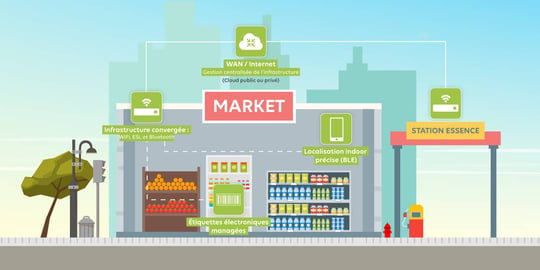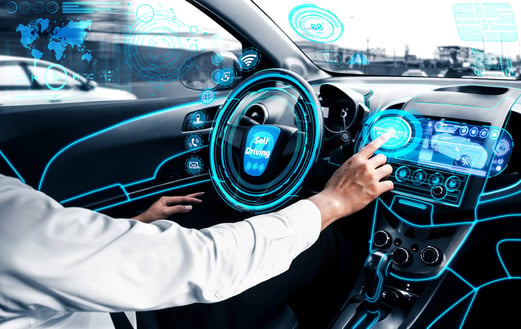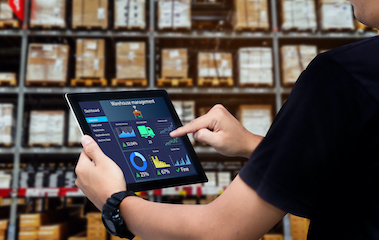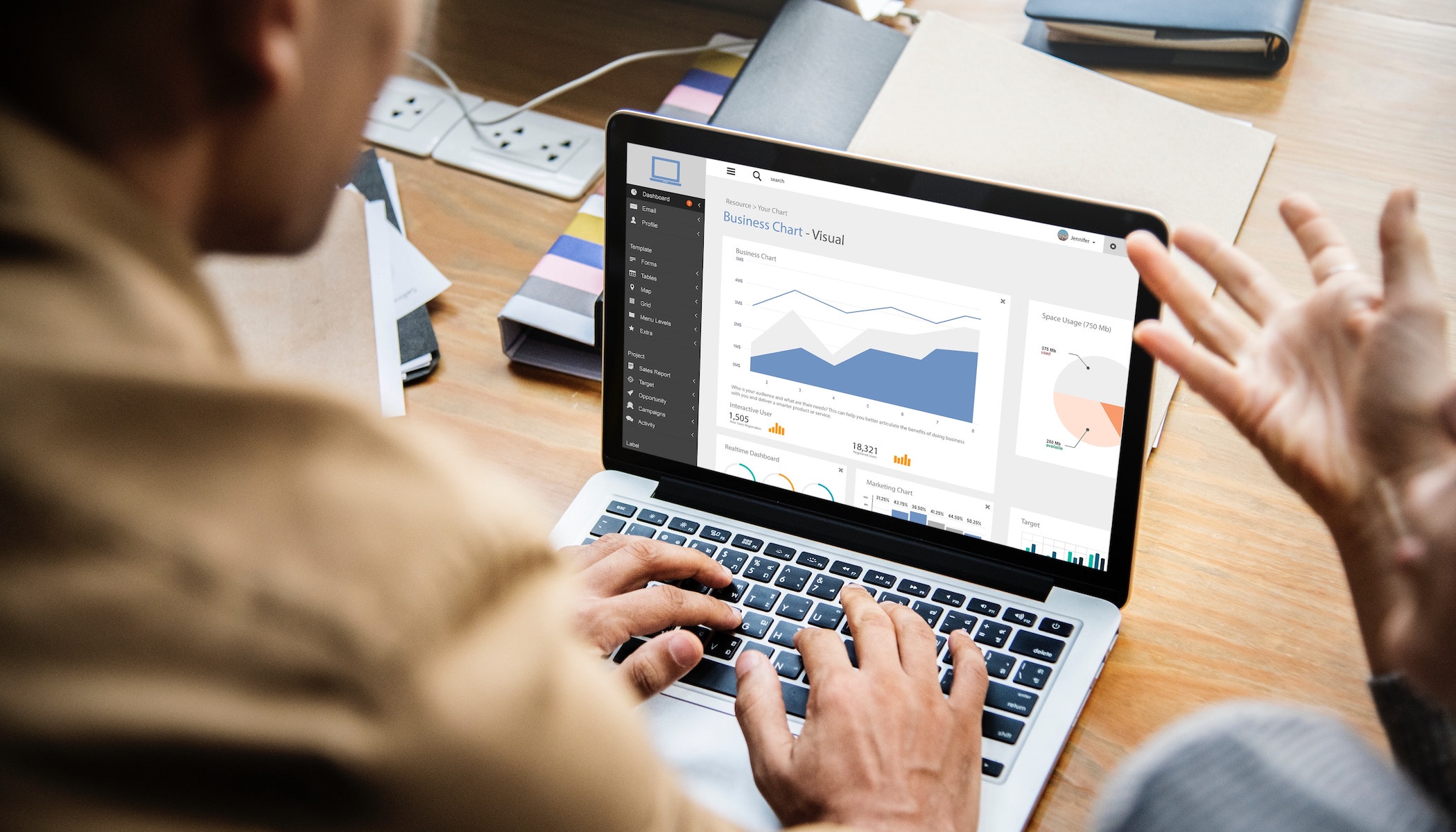The Mousquetaires Group has chosen Wifirst as its connectivity partner, paving the way for an in-depth digital transformation of its points of sale, in particular to face up to the giants of e-commerce. An essential component of this evolution is the integration of IoT, which responds both to business challenges and to issues related to the customer journey.
Here's an overview of IoT trends in retail and the prospects offered by this constantly changing market (to remember the global definition of IoT, click here).
More accessibility in a highly competitive market
IoT can be seen as an opportunity for retail outlets to reinvent themselves and combat the powerful rise of e-commerce, which has passed the historic milestone of revenue of US$166,707.6 million by 2023, making the United Kingdom the 4th largest market for eCommerce, placing it ahead of Germany (ecommercedb).
Indeed, bringing connectivity to the point of sale will enable customers to be offered privileged access to certain services, resulting in a more personalised, simple and seamless journey, whether it is physical or multi-channel ("online first, point of sale last").

Within the solution proposed by Wifirst for the retail sector, for example, customers have access to display kiosks and can consult item sheets on their smartphones, anywhere in the shop. They are also guided to find their favourite products in the different departments of their supermarket.
In retail, an IoT-enabled security system will bring a number of improvements: connected surveillance cameras will automate security processes, but also facilitate stock management, provide indicators on the needs of the sales force in a given department of the shop, and allow for the analysis of customer behaviour. The aim? Not only to help point-of-sale staff on a daily basis, but also to make the in-store shopping experience more pleasant for the customer.
Despite the innovations brought to the physical point of sale by the integration of IoT, it is expected that e-commerce market shares will continue to grow: an expected increase of 19% will put the UK e-commerce market this 2023 (ecommercedb). This highlights the need for the point of sale to broaden its scope and use technology to enable it to be everywhere, all the time with a strong multi-channel approach.
Reconciling ON and OFF-LINE
IoT will open up the spectrum of new opportunities, such as unprecedented partnerships between representatives of traditional and e-commerce industries. For example, the two giants Ford and Amazon have teamed up to provide a voice control system for the driver while driving. Here, it is the Amazon Echo voice assistant, which offers a new driving experience to the Ford customer.

In a post-Covid-19 context, we can assume that IoT has a bright future ahead of it. Beyond the advantages mentioned in this article, on the business and customer sides, connectivity makes it possible to simplify interactions at the point of sale, in compliance with health regulations, while guaranteeing an authentic relationship with the consumer.
- Wifi (36)
- Hotel Industry (18)
- Digital Workplace (13)
- Behind the scenes (8)
- IPTV - Signage (8)
- Optical fibre (7)
- Green-IT (5)
- Retail (5)
- Education (3)
- Healthcare (2)
- Cybersecurity (1)
- General (1)
- Hospitality (1)
- PBSA (1)
- Student Accommodation (1)
- Telephony (1)
- Tips and tricks (1)
- Tourism (1)
- Wifirst (1)
You May Also Like
These Related Stories

The Essential Role of WiFi in Warehouse Operations

Leveraging WiFi Marketing to Boost Customer Engagement and Sales
